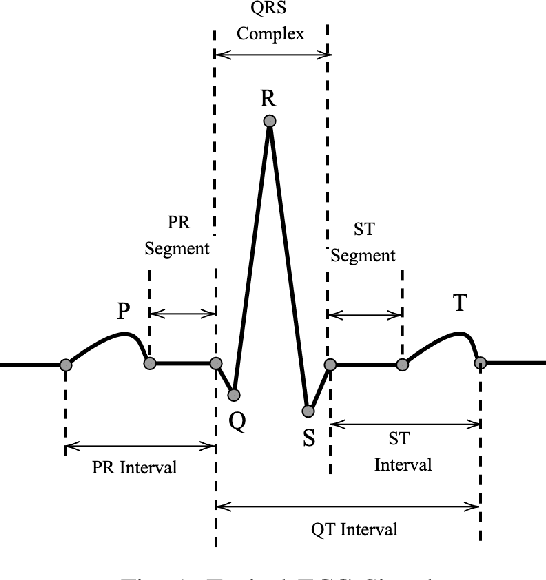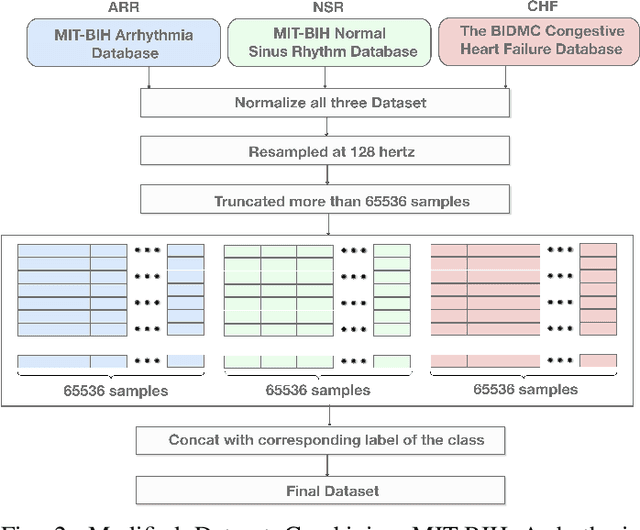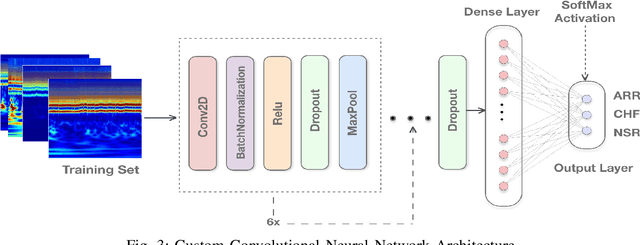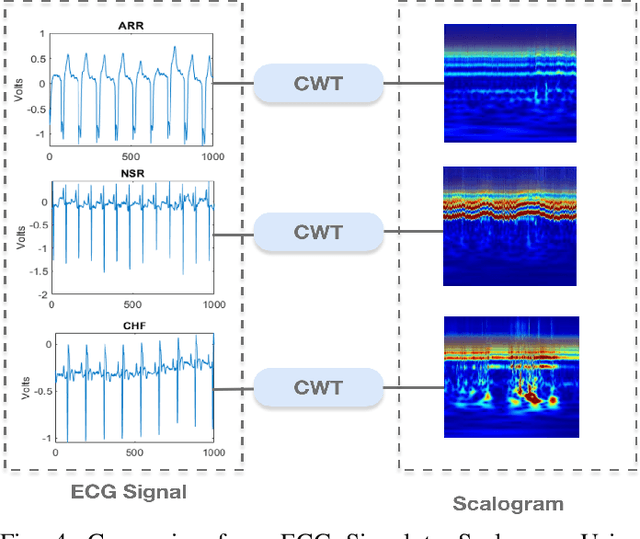Dibaloke Chanda
A New Era in Computational Pathology: A Survey on Foundation and Vision-Language Models
Aug 23, 2024Abstract:Recent advances in deep learning have completely transformed the domain of computational pathology (CPath), which in turn altered the diagnostic workflow of pathologists by integrating foundation models (FMs) and vision-language models (VLMs) in their assessment and decision-making process. FMs overcome the limitations of existing deep learning approaches in CPath by learning a representation space that can be adapted to a wide variety of downstream tasks without explicit supervision. VLMs allow pathology reports written in natural language to be used as a rich semantic information source to improve existing models as well as generate predictions in natural language form. In this survey, a holistic and systematic overview of recent innovations in FMs and VLMs in CPath is presented. Furthermore, the tools, datasets and training schemes for these models are summarized in addition to categorizing them into distinct groups. This extensive survey highlights the current trends in CPath and the way it is going to be transformed through FMs and VLMs in the future.
Explainability-Based Adversarial Attack on Graphs Through Edge Perturbation
Dec 28, 2023Abstract:Despite the success of graph neural networks (GNNs) in various domains, they exhibit susceptibility to adversarial attacks. Understanding these vulnerabilities is crucial for developing robust and secure applications. In this paper, we investigate the impact of test time adversarial attacks through edge perturbations which involve both edge insertions and deletions. A novel explainability-based method is proposed to identify important nodes in the graph and perform edge perturbation between these nodes. The proposed method is tested for node classification with three different architectures and datasets. The results suggest that introducing edges between nodes of different classes has higher impact as compared to removing edges among nodes within the same class.
A Heterogeneous Graph-Based Multi-Task Learning for Fault Event Diagnosis in Smart Grid
Sep 18, 2023



Abstract:Precise and timely fault diagnosis is a prerequisite for a distribution system to ensure minimum downtime and maintain reliable operation. This necessitates access to a comprehensive procedure that can provide the grid operators with insightful information in the case of a fault event. In this paper, we propose a heterogeneous multi-task learning graph neural network (MTL-GNN) capable of detecting, locating and classifying faults in addition to providing an estimate of the fault resistance and current. Using a graph neural network (GNN) allows for learning the topological representation of the distribution system as well as feature learning through a message-passing scheme. We investigate the robustness of our proposed model using the IEEE-123 test feeder system. This work also proposes a novel GNN-based explainability method to identify key nodes in the distribution system which then facilitates informed sparse measurements. Numerical tests validate the performance of the model across all tasks.
A Transfer-Learning Based Ensemble Architecture for ECG Signal Classification
Jun 21, 2022



Abstract:Manual interpretation and classification of ECG signals lack both accuracy and reliability. These continuous time-series signals are more effective when represented as an image for CNN-based classification. A continuous Wavelet transform filter is used here to get corresponding images. In achieving the best result generic CNN architectures lack sufficient accuracy and also have a higher run-time. To address this issue, we propose an ensemble method of transfer learning-based models to classify ECG signals. In our work, two modified VGG-16 models and one InceptionResNetV2 model with added feature extracting layers and ImageNet weights are working as the backbone. After ensemble, we report an increase of 6.36% accuracy than previous MLP-based algorithms. After 5-fold cross-validation with the Physionet dataset, our model reaches an accuracy of 99.98%.
 Add to Chrome
Add to Chrome Add to Firefox
Add to Firefox Add to Edge
Add to Edge